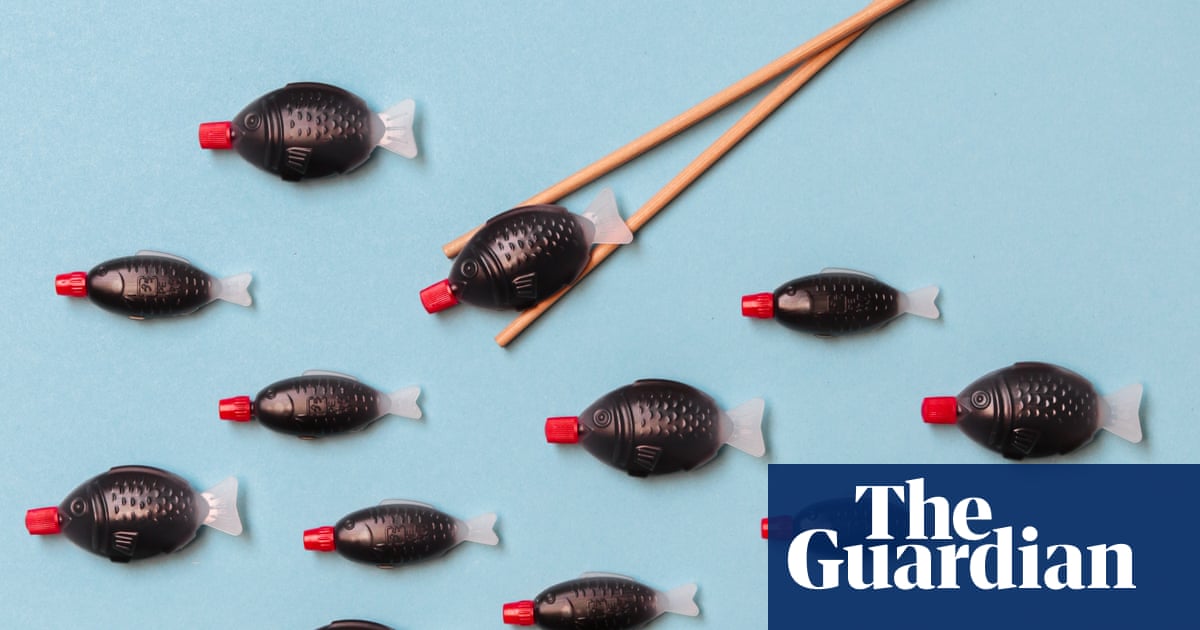The device known as shoyu-tai (or soy-sauce snapper in Japanese) was invented in 1954 by Teruo Watanabe, the founder of Osaka-based company Asahi Sogyo, according to a report from Japan’s Radio Kansai.
It was then common for glass and ceramic containers to be used but the advent of cheap industrial plastics allowed the creation of a small polyethylene container in the shape of a fish, officially named the “Lunch Charm”.
The invention quickly spread around Japan and eventually worldwide, and it is estimated that billions have been produced.



it practically does all go to the same incineration site. the recycle bins are mostly to make you believe otherwise, for political reasons, sothat you look at plastic in general more favorable. but practically none of it gets recycled.
That was true a long time ago. And remains true in some places, but since we started pushing the different bins, things progressed on that front. Plenty of place have actual recycling facilities (although their efficiency is another topic). Of course, in some far away area, it is not practical to sort stuff, but it’s kind of a chicken and egg problem. Infrastructure see no point in making large facilities for processing recyclable if they’re not sorted, and people see no point in sorting their trash if the infrastructure isn’t available. Putting colored recycling bins everywhere to initiate the process was cheaper.